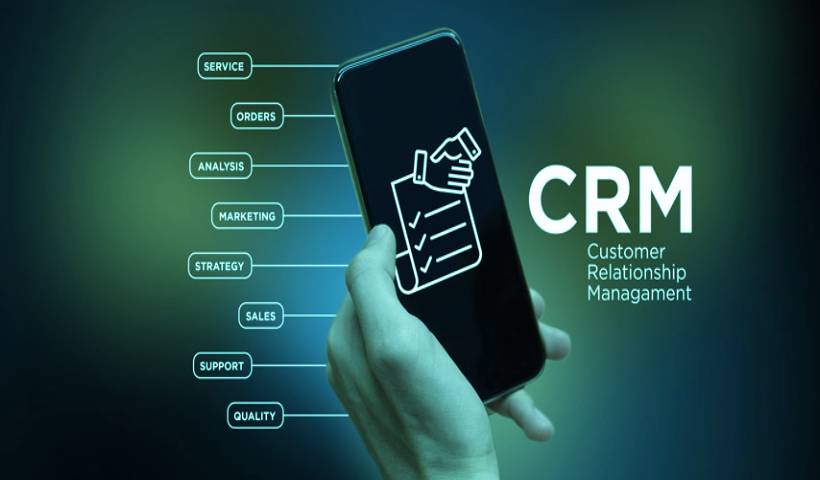WHAT IS A CRM?
A CRM (Customer Relationship Management) is a computer program that allows us to organize and manage all the parameters related to our customers and gathers information on each sales process, from customer acquisition to satisfaction analysis.
Especially in the case of SMEs and freelancers, the computer systems of customer and sales management are the great forgotten or unknown. The vast majority of small entrepreneurs consider that a digital schedule (and even on paper) is more than enough to organize orders and keep a list of customers.
In other cases, although they claim to know this type of management tool, they argue that a CRM is only necessary for those large companies that have a client portfolio with thousands or hundreds of entries and high budgets. However, they do not know that these large companies also began as SMEs. That probably what led them to be large is the correct management of their sales, customers, and marketing and customer service departments.
By linking this type of sales management software only to large companies, most small entrepreneurs assume that these tools are expensive. However, with the development of CRM in the cloud and the possibility of integrating CRM and telephony, having all the advantages of a CRM is not only economical; In the long run, it can become the main sales engine for your company.
Manage Intelligently With a CRM
That is what a CRM allows: to intelligently manage our clients, anticipate their needs to increase our sales, and attract new buyers for our products and services.
Vertical Vision And Transversal Vision in The CRM
Starting from the concept of what a CRM is. To understand its full potential, we have to visualize the analytical capacity that this tool offers us, understanding that it works in two directions: vertical and horizontal.
When we talk about vertical vision, we are talking about a CRM that allows us to analyze each client’s information individually. For example: how the customer was captured, how were the negotiations, who closed the sale, what arguments worked to close the first sale, quantities, price, discounts, incidents (problems with the delivery, product, etc.), deadline consumption for possible replacement, customer satisfaction monitoring, etc.
We can say that we have a history of our relationship with that client and that all this data will allow us to offer personalized treatment to that client.
Now let’s imagine that we have the individual data of 50 clients stored in our CRM Software. Now is when we can analyze that data cross-sectional and discover the best way to approach our sales strategy.
Using another example; You would be surprised by the number of sectors where a discount is not a good sales strategy. If we only analyze our clients as isolated cases, we probably will not realize it. Still, if we can analyze the mass of clients as a whole, We may discover that, for example, of the last 50 sales negotiations in which we have offered a discount, 37 have failed and yet 45 of the last in which we have offered free shipping or free assembly have worked.
With a CRM, we have information in real-time such as what was bought from us, how the payment was made, if there was any incident in the process, with what person or department we deal with in each case, notes, an archive of the emails that are crossed in the process, etc.
And these are just a few examples. A CRM can be customized and configured so that it offers us any data that we consider relevant to analyze our sales processes so that we have cross-data to determine correct strategies and define a personalized treatment. In our case, in addition, the data of our CRM is integrated with the telephony so that when we receive a call from a client, our CRM offers us all this data in real-time so that the operators of our customer service department or call sales center can offer a better service focused on capturing new sales opportunities or loyalty to our customers.
In a globalized world in which price is the determining variable in purchasing decisions, customer treatment is one of the most important elements to make a difference with the competition.
